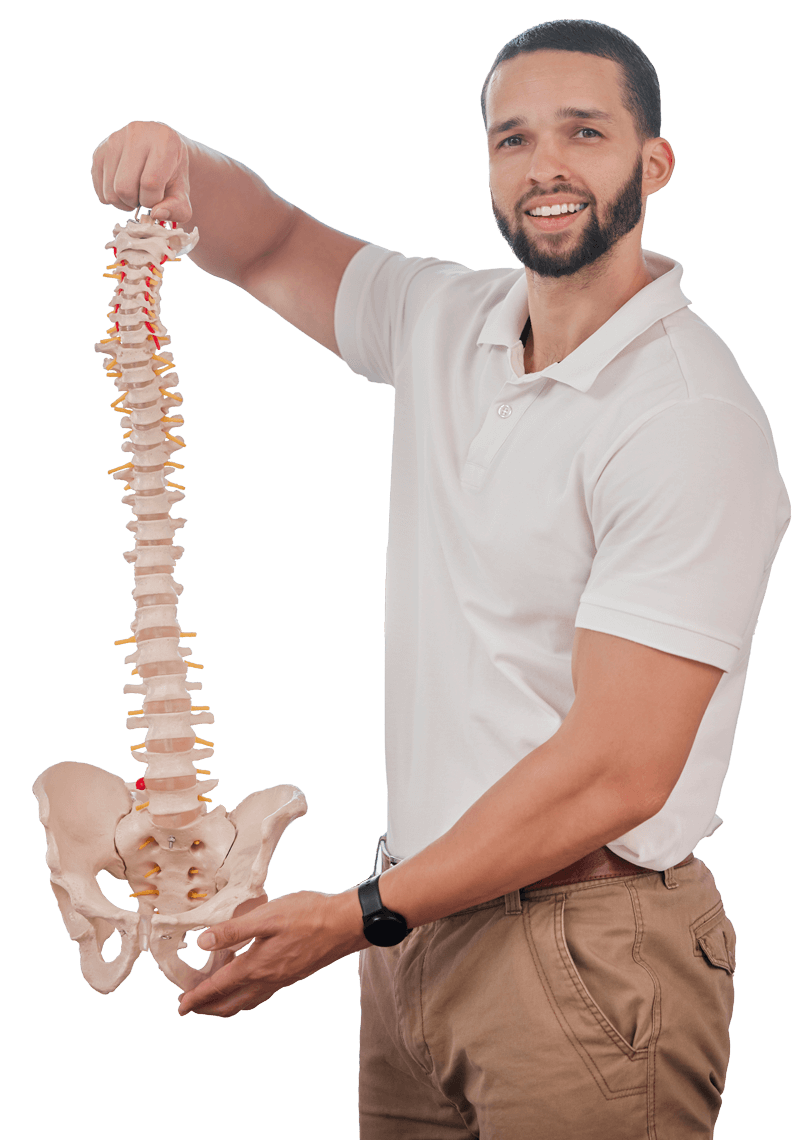There’s soreness, and then there’s a pain. It’s important not to confuse the two. You’ve been doing round-ups for the motivation to get in your daily movement. And it’s going great—you’re sitting on your bottom like it’s no one else business, you’re getting your heart pumping over in that meter, and you feel like you could conquer the world. The bad part is you really can’t, something hurts. Is that muscle soreness or pain? Do you keep going or give it a rest? The answer lies in judging the difference between soreness and pain, and who else could be your best guide than a professional physical therapist.
Knowing the gap between pain and muscle soreness is essential to your health, wellness, and fitness future, so let’s break them down.
What causes muscle soreness?
First thing first, think of muscle soreness as your body’s way of telling you, “Hey! Did you feel that? That’s me making you stronger than before.”
Muscle soreness is the outcome of the comfortable damage occurring to the muscle fibers when exercises are new to you and your body.
The thing is when you get started with a new exercise targeting a specific area of the body; you’re triggering the events that stretch your muscles. As a result, you may feel tight and achy due to the microscopic tears to your muscle fibers.
There is nothing to worry about muscle soreness. When the tears heal, your body becomes stronger and better equipped to take on more weight.
What causes pain?
Alternatively, if soreness is your body telling you to continue because you’re getting stronger, then the pain is your body letting you know it’s been injured and needs a break.
Pain is the possible next stage of muscle, under certain circumstances. It originates from the inflammation your body produces to heal itself after an injury. The special circumstance could be the brainchild of various solid reasons for how you have taken things forward. These things could be overtraining, poor form, bearing too much weight, and a general lack of body awareness.
If you feel that your pain management is not possible or is not resolving after within a week or two, you should sign up with a physical therapist for a physical rehabilitation program.
How could you know if you’re experiencing pain or muscle soreness?
The good news is that once you know what to look for, it’s pretty easy to understand if that’s a good hurt or the bad hurt.
Known as Delayed Onset Muscle Soreness (DOMS), muscle soreness lasts typically for 24-72 hours. You can spot that while exercising. Sore muscles will feel like burning. Gentle movement and stretching let it vanish.
By contrast, is the pain is sharp, intense, frequent, during exercising, or at rest—it gives a call to connect with a physical therapist to discuss rehabilitation programs.
What can you do about pain management?
Before that, it’s a good thing to know some of the handy pain management and pain prevention hacks.
Know this first, if you haven’t worked out in a long time and you are getting back in the process, the soreness you experience now is going to be very intense because your body hasn’t adapted to the new moves yet. You need to continue.
Ice, foam rollers, a good night’s sleep, and regular massages will also help to ease discomfort from soreness.
On the other hand, pain management requires steady warm-ups, quality movement, and post-exercise stretching will go a long way to avoid injury.
How a physical therapist can help?
At care2cure physiotherapy & rehab center, we have physical therapists to take care of your exercise routine. The rehabilitation program includes identification of all the contributing factors that of your injury, along with trying pain management strategies. The framework ensures the reintegration of favorable exercises to recover and prevent further problems.
Conclusion
If you are experiencing prolonged pain, please do not hesitate to request an examination from the care2cure physiotherapy & rehab center.


